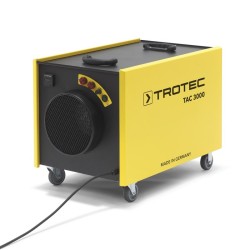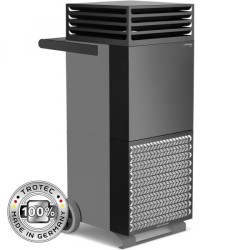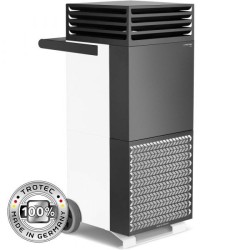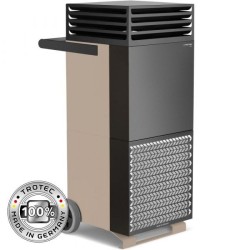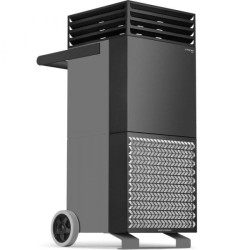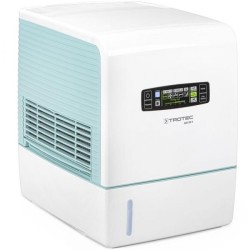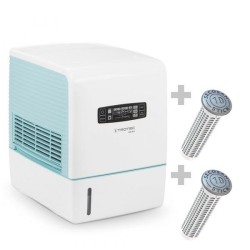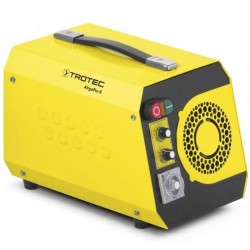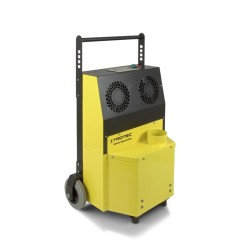Product successfully added to your shopping cart
Air humidifier B 500 Trotec
 View larger
View larger
- Remove this product from my favorite's list.
- Add this product to my list of favorites.
By buying this product you can collect up to 335 loyalty points. Your cart will total 335 points that can be converted into a voucher of 67,00 €.
Air humidifier B 500 Trotec.
Large-volume air humidifier. The B 500 model operates on the principle of evaporation, which excludes the formation of limestone or condensate deposits.
Online only
TROTEC-1160000500
More info
Air humidifier B 500 Trotec
Large-volume air humidifier. The B 500 model operates on the principle of evaporation, which excludes the formation of limestone or condensate deposits.
Humidification, purification and filtration of the air
This near-silent humidifier is equipped with a hygrostat, a four-speed fan and a remote control to make adjustments and prevent unauthorized people from deregulating the device.
Increased security thanks to the self-diagnosis system
The control panel display and intuitive menu inform the user on all service settings such as water filling level, ventilation speed and relative humidity of ambient air. The self-diagnosis system indicates the necessary filter replacements and malfunctions through error codes.
Sensor measurement up to 30m
This humidifier comes with a wireless sensor that can be installed discreetly and without any special work up to 30 meters from the device on a wall or ceiling. This sensor regularly delivers its measurement results. It is equipped with an audible alarm indicating battery depletion.
Good to know: a 50% increase in air humidity reduces the risk of virus transmission.
Scientists have looked at virus resistance (SARS-CoV, MERS-CoV and SARS-CoV-2 (Covid-19) for example) based on temperature and humidity conditions. Their study showed that viruses only survived for a long time in low temperatures and humidity. At a temperature between 20 and 30 degrees Celsius, viruses survive long enough, but only when the humidity is very low; coronaviruses become inactive beyond 30oC. It is therefore quite easy to take the appropriate measures to counteract their spread by ensuring the proper humidity of the air.
Experts point out that it is possible to reduce the risk of infection by increasing air humidity in buildings. The risk of transmission decreases to a humidity rate of about 50%. Often, humidity indoors, at home and in the workplace, is much lower than this recommendation. However, moistened air allows airway defence mechanisms to be better prepared by being purified more efficiently and improving immune defences.
- Technical features:
- Maximum airflow: 800 m3/h
- Humidification capacity at about 2.5 l/h (at 25oC and 20% h.r.)
- Ventilation speeds: 4
- For premises of up to 1,050 m3
- Tank: 50 litres
- Anti-overflow security
- With built-in air filter, external hygrostat and remote control
- Shock- and chemical-resistant stainless plastic carter
- Low noise (at 3 m): 35 - 45 dB (A)
- Power: 230 V / 50 Hz
- Absorbed power: 0.125 kW
- L x l x h: 720 x 316 x 625 mm
- Empty weight: 24 kg
- 2-year warranty






